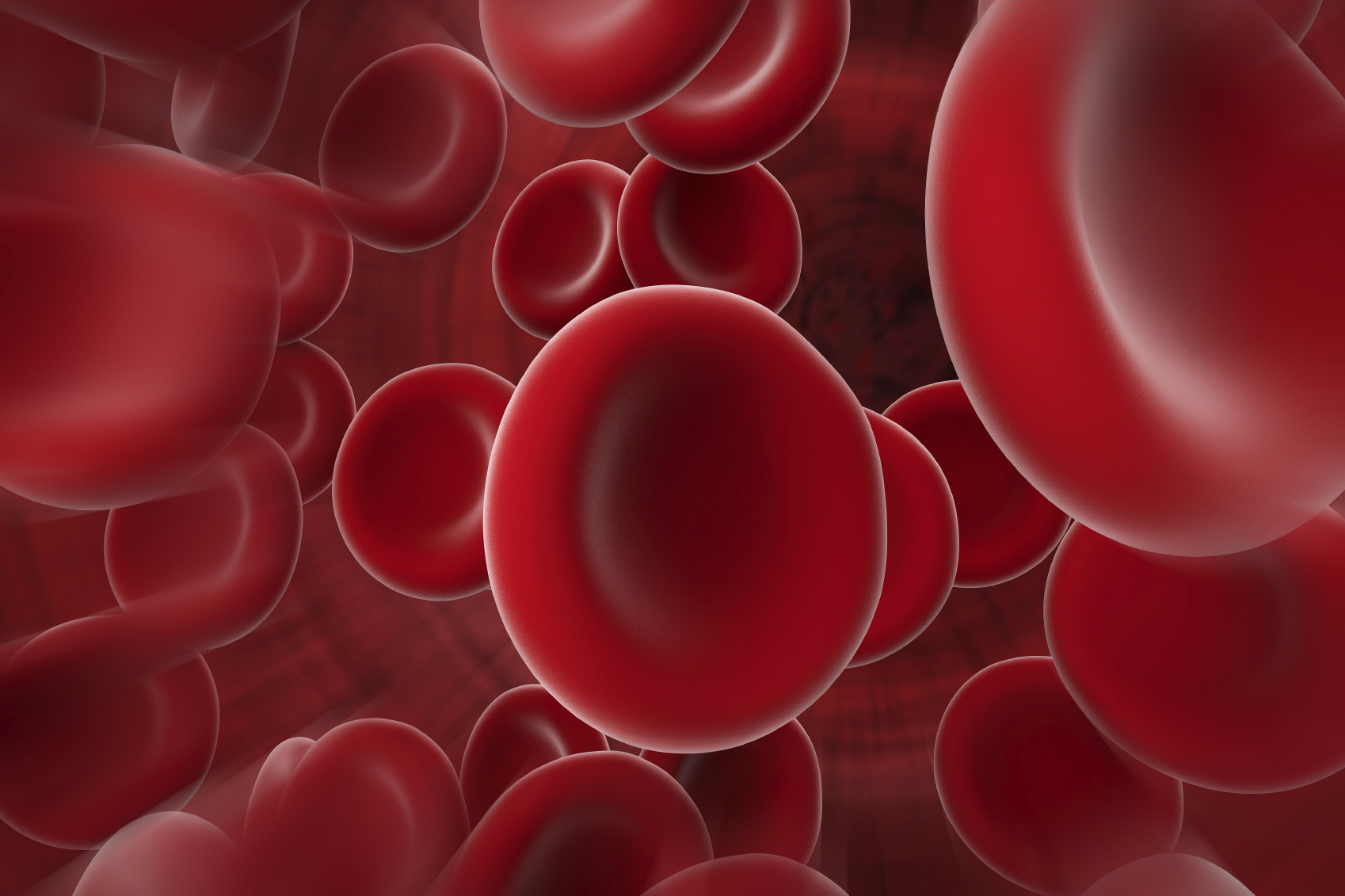Recovery Force gets NIH grant to develop DVT device

US medical technology firm Recovery Force has received a $1.8m grant from the US National Institutes of Health to develop and clinically validate a device that aims to prevent occurrence of Deep Vein Thrombosis (DVT).
Indiana-based Recovery’s Mobile Active Compressions (MAC) calf device is designed to prevent occurrences of Deep Vein Thrombosis while allowing faster patient mobility and recovery, as well as allowing nurses and doctors to collect data.
Recovery Force has already received a $244,000 grant from the US government-backed NIH to kick-start the project, after showing promise as a new way to prevent DVT and improve patient adherence.
Existing devices used to prevent DVT involve cumbersome tubes and wires connecting patients to electrical power and loud pumps.
Recovery Force has developed a mobile technology using breathable, lightweight fabrics that do not require pumps, cords, or electrical stimulation.
Instead MAC is rechargeable and is designed to improve quality of life for those recovering from surgery, sports performance, or other activities.
The $1.8 million NIH award will enable Recovery Force to complete the design of its device and begin testing on patients in two major hospital systems—Eskenazi Health, a partner with Indiana University School of Medicine and Boston-based Tufts Medical Center.
Since last year the company has been collaborating with the Mayo Clinic to help it develop the compression technology, while it has brought in manufacturing provider Jabil to help bring the technology to market.
Thanks to the grant, the company expects to make the device commercially available to patients and at home patients by early 2020.
Jason Bobay, COO of Recovery Force, said: “Success under the previous NIH grant validated the strong need for vast improvements in DVT prevention from both the patient and healthcare system points of view.
“There’s strong demand for a new technology to better address DVT and leverage patient mobility data in deterring other hospital-acquired conditions and events.”













